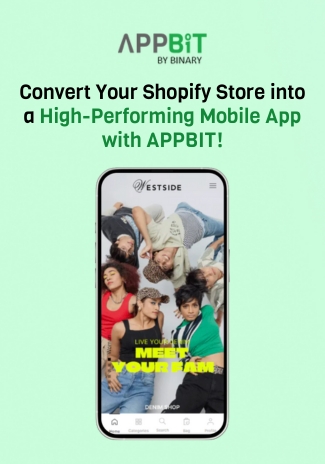Personalization helps to create loyalty and drive high conversion and grows the revenue of the organization but how does one achieve this objective? Ecommerce Personalization strategy is the right tool that helps serve relevant content to your customers and optimizing their experiences. Marketers have only one genuine aim and that is to deliver perfect 1-to-1 personalization experiences across all its channels.
The last four decades have unfortunately seen a lot of difficulties that marketers face leaving unpredictability in the revenue numbers. The advancement in AI have led brands and retailers deliver 1-to-1 personalization and serve the best digital experience to their customers across different touch points. Given below are important reasons why Personalization Strategy is a must for your organization:
- Diversity in Customers – Marketers have long been struggling to cope with diverse audiences preferences. Staying up to their expectation is almost like impossible task for creating the design of each individual. The “Segmentation” method allows defining the distinctiveness of each group and helps to target each group with specifically tailored creative content. The only demerit here is that segments are defined by few data points and it could be challenging. Customers have different preferences based on their colors, styles, purchasing frequencies, price brackets and more. Segmentation is a good method used by marketers and shows improved results but at some point it may veer off its effectiveness.
With effective marketing communication, people would take actions that they wouldn’t otherwise with the element of value in it because it is unique.
- Traditional and Rules-based personalization doesn’t measure – A segmentation based approach would mean identifying and targeting the biggest opportunities. A segment of people is selected with a set parameter within the channel and introduce the segment to experienced set that are more likely to respond to. Micro segments can be created but they yield diminishing returns. The marketers hit a plateau where spend expands than the actual returns.

The main goal of segmentation and 1-to-1 personalization are similar as they help to establish relationship between the brand and its customers. The increased workload of micro-segments would make it difficult to manage everything in order to design the individual experiences. The actual reality is that 1-to-1 personalization don’t require unique content. With the help of creative elements it is possible to individualize experiences for varied interests of your customers.

For successfully implementing personalization at scale, we should break the old thinking and achieve the
latest.
- Consumers invite personalization – Personalization is the key to behold consumers’ interest. Marketers keep struggling to master personalization. The recent personalization attitudes survey of online shoppers by Accenture Interactive states that personalization can achieve its objectives if the offer is relevant and subtle. A strong alignment with customer needs is in direct correlation to financial success of the industry.
The tested methods of A|B testing, segmentation, optimization and targeting are the essential tools in the marketer’s toolbox. The desire for improving customer experience, increasing the conversions, and AI offer great benefits. With improvisation happening on a continual basis, the experiences are going to be more relevant.

















